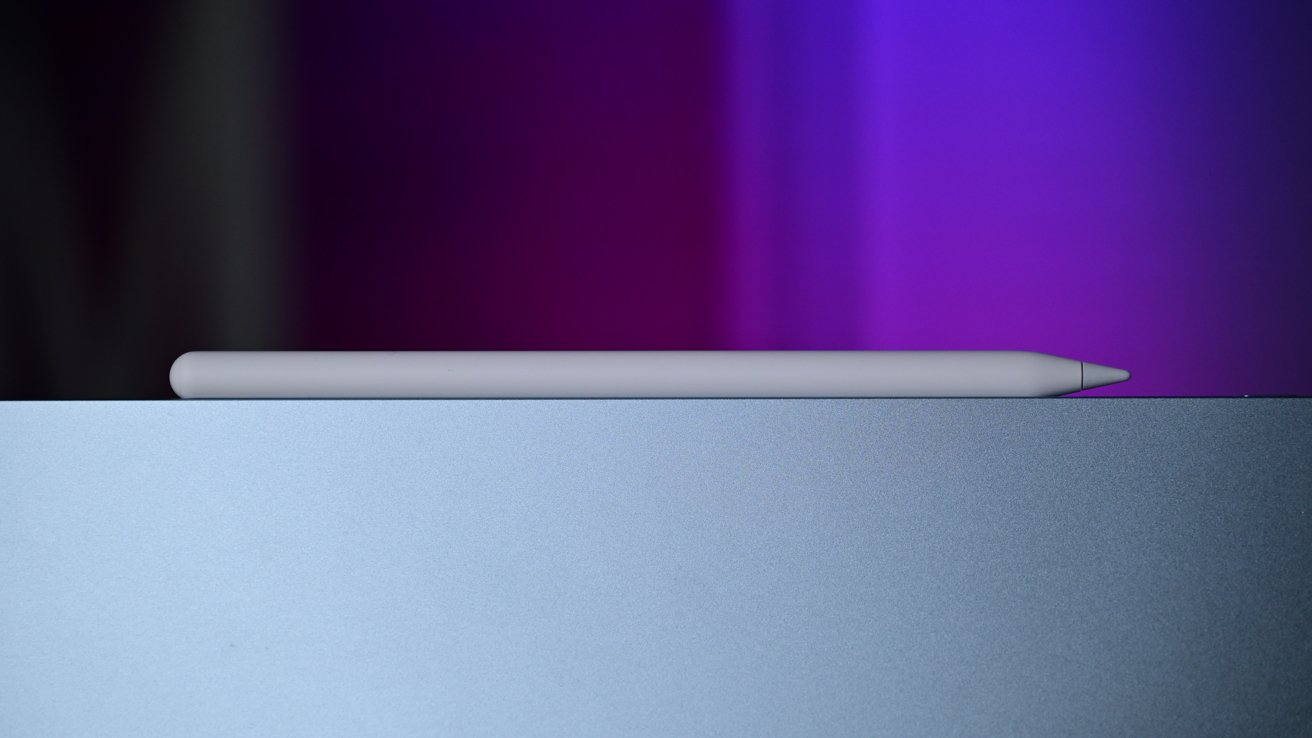Millions of users replaced their aging early pandemic iPad in early 2025, fueling a sales rebound amplified by tariff fears and fresh hardware upgrades.
The tablet market saw renewed energy in the first quarter as consumers upgraded devices bought during the height of COVID-19 lockdowns. With many of those iPads reaching the end of their typical lifecycle, Apple’s growth came from a wave of replacements.
A temporary surge in imports, triggered by uncertainty over new U.S. tariffs, added to the momentum.
Apple widened its lead in the global tablet market in the first quarter of 2025, shipping 13.7 million iPads, up 14% year over year, according to new data released Monday by Canalys.
The company captured 37.3% of the global tablet market, up from 35.5% in Q1 2024. The worldwide market grew 8.5% overall, reaching 36.8 million units, driven by a wave of consumer and education refresh cycles as pandemic-era devices near the end of their usable life.
Apple’s continued dominance reflects its ability to retain customer loyalty even in a slowing market, where competitors often rely on aggressive pricing rather than ecosystem strength. One competitor, Samsung, remained the second-largest tablet vendor globally despite a 5.2% decline in shipments, with 6.6 million units shipped and 18% market share.
Aging tablets & new chips push iPad demand
In the U.S., Apple benefited from a natural refresh cycle as many consumers upgraded four- to five-year-old iPads purchased during remote learning and work peaks.
Tariff uncertainty early in the quarter caused imports to spike in January before restrictions and fall sharply in February after exemptions were announced. Though short-lived, ongoing trade policy concerns continue to influence supply chain strategies and pricing forecasts.
Chinese manufacturers gain ground in tablet market
Greater China became the fastest-growing major region for tablets in Q1, thanks to government subsidies and Lunar New Year promotions. Domestic brands Xiaomi, Huawei, and Honor gained share by bundling affordable tablets into their broader smart home ecosystems.
Xiaomi shipped 3.1 million units, overtaking Lenovo for third place globally with 56.1% growth. Apple maintained its leading position in China but faces mounting pressure from value-driven competitors. Apple’s China market share wasn’t disclosed, though its global lead held steady.
The shift signals a growing fragmentation in the midrange tablet space, where Chinese vendors are finding success through bundled services, regional promotions, and ecosystem lock-in. That’s an area where Apple has traditionally led but now faces real competition.
Meanwhile, commercial tablet sales stayed muted. Education remained a bright spot, with deployments tied to ongoing initiatives like Japan’s GIGA (Global and Innovation Gateway for All) program and new state-level funding in India and Thailand. In contrast, U.S. education budgets are facing headwinds following steep federal cuts.
Despite macroeconomic pressure, education remains a strategic foothold for tablet adoption. Governments view tablets not just as devices, but as platforms for curriculum delivery, meaning future investment could hinge on software and vendor support— not just price.

Apple Pencil
Tablets are gaining modest traction in the enterprise. A Canalys survey found that more than 20% of B2B partners plan to equip mobile workers with tablets in 2025, while 30% reported seeing no significant demand.
Apple’s iPad performance in early 2025 reflects the strength of its hardware upgrades and brand loyalty. As discretionary spending tightens, demand for long-lasting, high-performance devices may favor vendors like Apple.
The company’s challenge now is balancing premium appeal with expanding use cases. As competitors eat into emerging markets, maintaining its lead may depend on whether Apple can make the iPad more indispensable in education, enterprise, and productivity settings.
The upcoming iPadOS 19 updates are expected to bring features such as a redesigned Siri, Stage Manager 2.0, and a new menu bar interface. These additions could further drive upgrades by enhancing productivity, multitasking, and the overall user experience.


